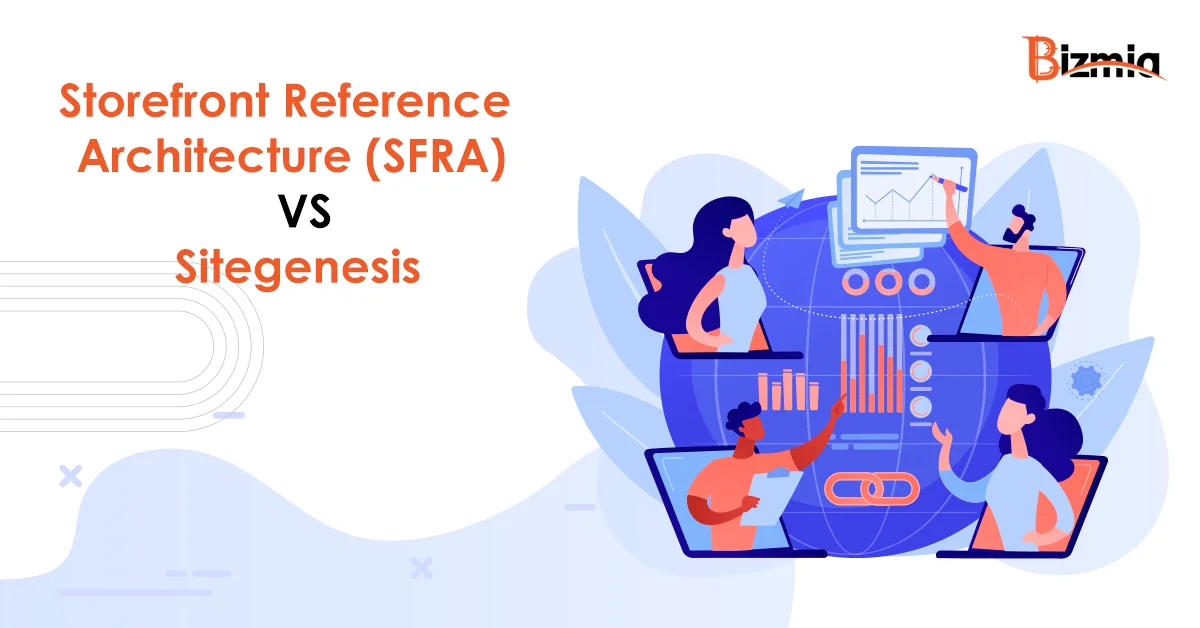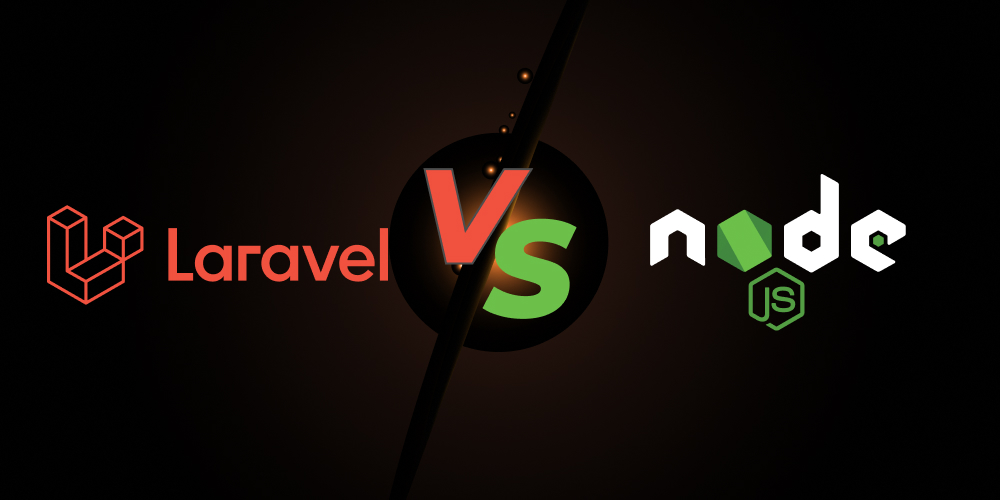Introduction
According to a survey conducted in 2019, about 61% of the global online retail traffic was generated by mobile. This number is expected to increase since people are on their phones all the time as opposed to sitting down to use a desktop device. This trend has sparked an interest in the development of technologies that support mobile e-commerce. Two of the most common words you will come across in this realm are “Storefront Reference Architecture” and “Sitegenesis”. If you are confused about what these words mean and the difference between the two, keep reading.
Sitegenesis
Sitegenesis is a storefront specifically designed for websites that sell clothing and general department store items. Demandware launched Sitegenesis and is based on their eCommerce platform. The aim of Sitegenesis is to provide store owners with a template for their store that features the best practices related to usability, merchandising, technical and information architecture.
Storefront Reference Architecture (SFRA)
Storefront Reference Architecture(SFRA) is a UX designed by Salesforce specifically for eCommerce sites. It was developed with the aim of aiding the creation of efficient sites that are optimized for mobile devices.
Salesforce took the initiative of developing SFRA in light of the fact that most mobile optimization technologies are based on previously used desktop-focused technologies, which causes friction in the user experience. SFRA was created after a detailed study of more than 2000 online stores and learning the best practices from them.
The History
In order to understand the differences between SFRA and Sitegenesis, it is important to understand the sequence in which both were released. Salesforce built Sitegenesis with the goal of improving the mobile shopping experience in 2009.
Sitegenesis 1.0 was desktop-only so in 2014 Salesforce released the 2.0 version which supported all tablets, desktops, mobiles, etc. 3 years later mobile-focused MFRA was released but it was perceived mostly as an extension to Sitegenesis, so in 2018 the company renamed MFRA to SFRA. So the main difference is that Sitegenesis is a predecessor of SFRA.
The Differences
Both SFRA and Sitegenesis seem to be similar as they are both UX for online stores. For eCommerce vendors, it can be difficult to choose between the two as they both claim to solve the same problem. In order to make the decision-making process easier, the following is a comparison of SFRA and Sitegenesis over some of the most important areas.
Customization
SFRA has a well-designed inheritance model that allows modular code, similar to the customization flexibility available in platforms like Shopify vs Magento for eCommerce platforms. The well-organized code allows users to extend the functionality according to their requirements. While the legacy code organization and inheritance model make Sitegenesis much more difficult to alter and maintain.
User Experience
SFRA has a great user experience thanks to the fact that it is based on data-backed research, shopper journey analysis, and heat mapping which allowed a firm understanding of techniques that work. On the other hand, Sitegenesis provides a large number of features for each form factor, leading to a smooth user experience.
Integration
SFRA offers continuous integrations and has support for all kinds of testing including integration tests, unit tests, and functionality tests. For seamless Magento email marketing integration, explore how Magento connects with MailChimp for targeted campaigns. Sitegenesis also supports continuous integrations but it does not contain the command-line tool and the examples included in SFRA.
Price
When it comes to the Total Cost of Ownership (TOC), Storefront is much more affordable than Sitegensis. Its mobile-focused approach and advanced architecture have allowed it to provide service while keeping overall costs low.
Technology Stack
Sitegenesis is based on proprietary technologies like Demandware Scripts, so in order to customize its code vendors will have to look to industry experts with relevant experience and vast knowledge. On the other hand, SFRA is created using open standard technologies like MVC, Bootstrap, and Javascript which are very common, and many people are well versed in them. They are also easier to work with so customizations will be conveniently handled.
Both SFRA and Sitegenesis can massively improve the UX of an eCommerce store and provide the shoppers with a smooth and hard-to-forget experience to turn them into returning customers. But they differ a lot in the technologies used, the architecture, and the price involved. eCommerce vendors should analyze their situation to see which one will fit them best.
The best way to predict the future is to create it. With the tech expertise that we have at Bizmia, the stage is set for greater things. Let’s talk about how we can make you materialize the future that you have envisioned.












